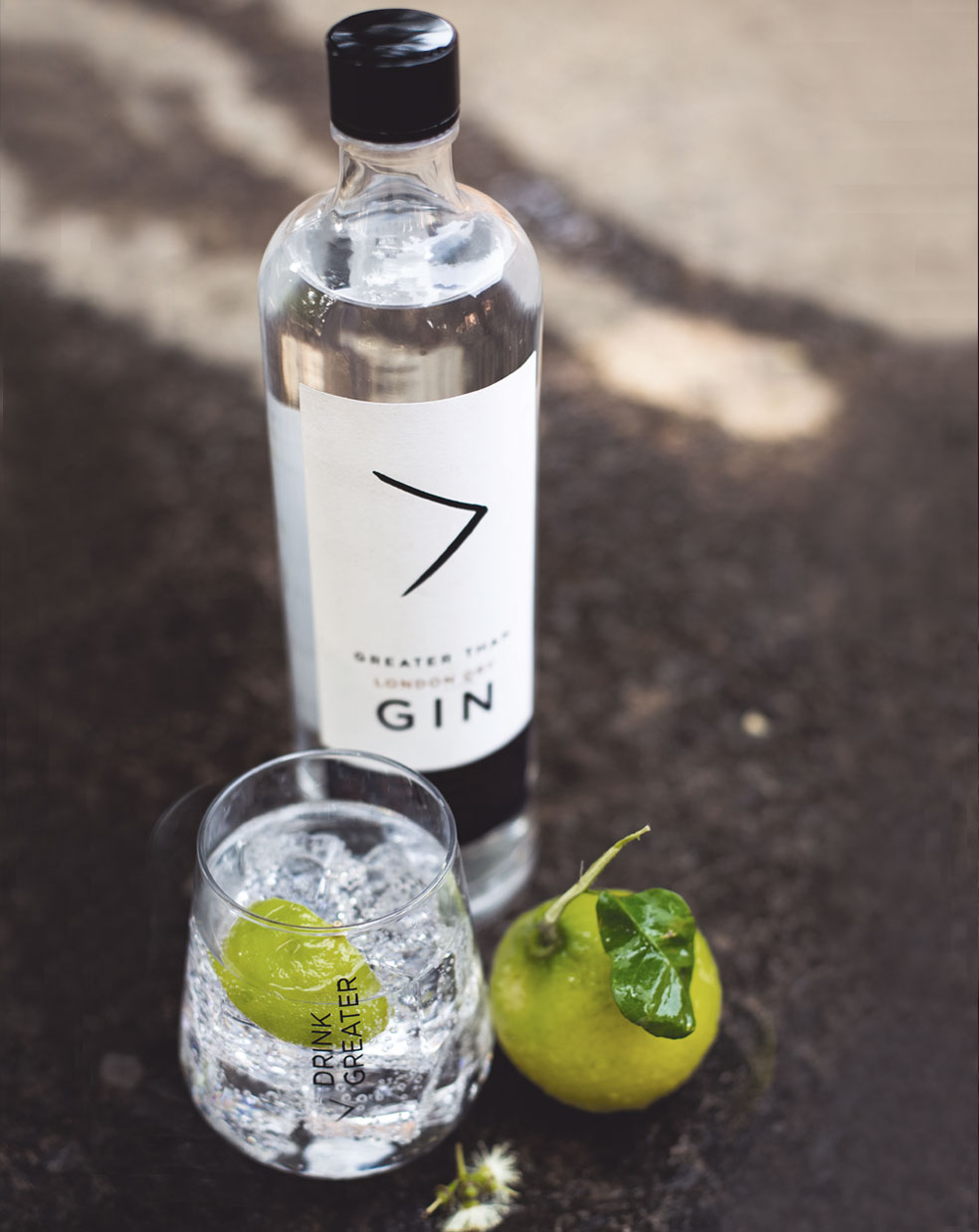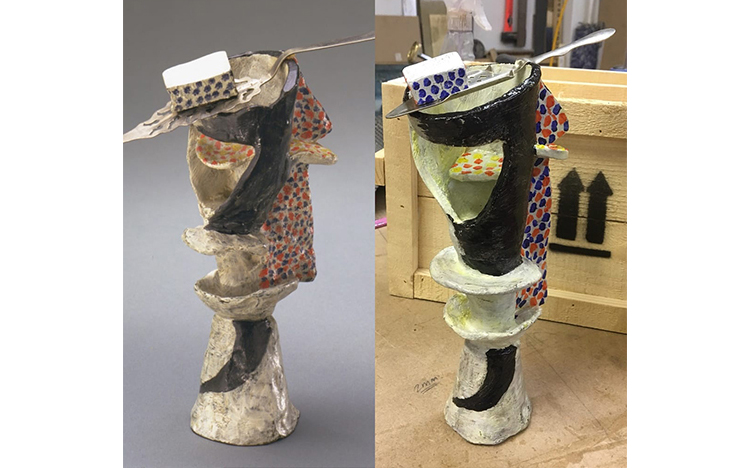
GIN
Mother's Milk or Blue Ruin, Dutch courage or Cuckold's Comfort – the range of a-k-a’s this spirit has accumulated over time is ginormous and surrounded by many myths and legends.
The story begins with the aromatic juniper berry originally used by the Dutch to flavor localized spirits. The drink then made its way to Britain, where imitations laced with pure ethanol - a by-product of the various booming industrial trades of its time made it the drink of choice for the destitute and underprivileged eighteenth-century Londoners. It was eventually replaced by the sweetened Old Tom style of gin and then by the London Dry variety; gin was introduced across the seas carried by the huge armadas of the East India Company, and during the Jazz Age became a mainstay of a new drinking culture: the cocktail
As stated by Bernard Mandeville in his political study “The Fable of Bees”, the term gin is an English adulteration of the spirit’s primary ingredient juniper (from Iuniperus in Latin). The name Gin in its earliest recorded English history is adapted from either the French “genièvre” or the Dutch “jenever”, which both mean juniper. Mandeville goes on to say “[gin] charms the unactive, the desperate and crazy of either sex, and makes the starving sot behold his rags and nakedness with stupid indolence. It is a fiery lake that sets the brain in flame, burns up the entrails, and scorches every part within; and, at the same time, a Lethe of oblivion, in which the wretch immersed, drowns”.
Juniper plants are conifers in the genus Juniperus, a part of the Cyprus family; this shrub (tree) has been used in many forms and manners from medicines and tinctures to fragrance imparting elements within a household. The small aromatic purple-black berries (more accurately cones) of the female juniper tree have been used by medical greats such as Pliny the Elder (AD 100), Hippocrates (400 BC) and Aristotle (300 BC) for their aromatic qualities in everything from contraceptives to the removal of evil spirits. With Juniper already a common asset to the ancient apothecary, the earliest mention of juniper based tonics can be found in 1269 in a Middle Dutch publication entitled “Der Naturen Bloeme” or “the nature of the flower”.
The Juniper berry is such an indispensable part of gin making that, not only is it the primary botanical element used in gin but by law, if any spirit aspires to call itself a gin, Juniper has to be the predominant flavor. The aroma and taste of juniper is – or at least should be – the signature note in any gin, both on the nose and on the palate.
The story of the Juniper Tree also exists in the popular culture tropes of the 18th and 19th. The early history of Gin in relation with all the wars fought over it; connects so well with the Juniper Tree Story we thought we would like to leave you pondering over the brutality of the times while you sip on a stiff Gin and Tonic in your study room.
The poem of the Juniper Tree goes something like this:
"My mother she killed me,
My father he ate me,
My sister, little Marlinchen,
Gathered together all my bones,
Tied them in a silken handkerchief,
Laid them beneath the juniper-tree,
Kywitt, kywitt, what a beautiful bird am I!"
Here’s to human history in its darkest form! Salud!
























